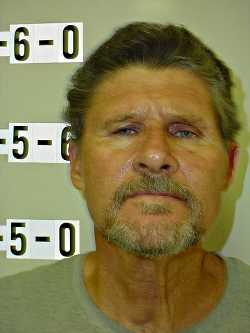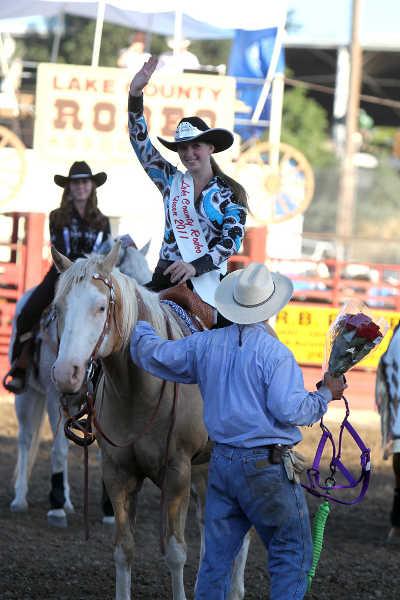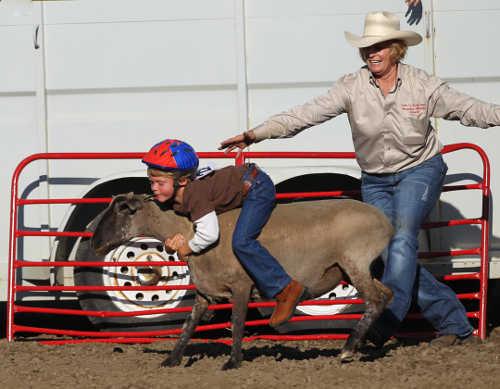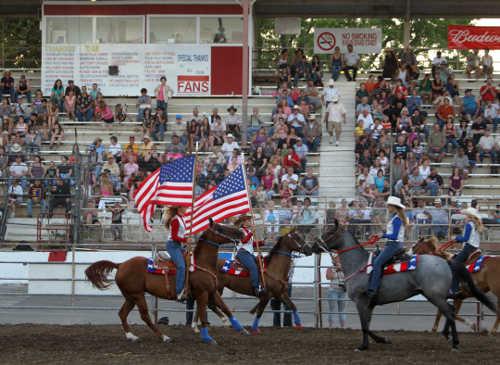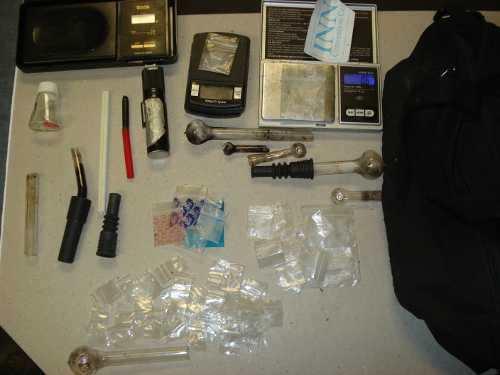- Lake County News reports
- Posted On
Lake County Office of Education receives National Endowment for the Arts grant for 'Big Read'
LAKE COUNTY, Calif. – The Lake County Office of Education has been selected to receive a grant to participate in “The Big Read.”
The agency received a $2,500 award that was part of $1 million the National Endowment for the Arts awarded nationwide in support of The Big Read.
The only other organization on the North Coast to receive funding for the program was The Rural California Broadcasting Corp. in Rohnert Park, which received $17,000 for its Big Read effort, centered around the book, “Bless Me, Ultima.”
The Big Read is a program of the National Endowment for the Arts in cooperation with Arts Midwest designed to revitalize the role of literature in American culture and to encourage citizens to read for pleasure and enlightenment.
Through the efforts of local partner agencies, businesses, schools and service organizations, Lake County's Big Read steering committee produced a well attended cash match fundraising event this past January, and the grant application was successfully submitted in February.
The Big Read is designed to restore reading to the center of American culture.
A 2004 report by the National Endowment for the Arts found that, not only is literary reading in America declining rapidly among all groups, but that the rate of decline has accelerated, especially among the young.
The Big Read aims to encourage reading on a local level with events that are diverse in both audience and format. The local steering committee selects one book that will be read by the entire county.
This year’s selection is “The Stories and Poems of Edgar Allan Poe.”
According to the preface on The Big Read Web site, “Edgar Allan Poe invented the detective story, perfected the horror tale, and first articulated the theory of the modern short story as well as the idea of pure poetry.”
Activities for the Lake County Big Read will incorporate Poe’s works as well as his influence on the genres of mystery, horror and poetry.
Programming will occur primarily in the month of October, with the official kickoff at the Kelseyville Pear Festival on Sept. 24.
Schools will be contacted this summer with a teacher’s guide and ideas for classroom involvement. A “Little Read” is planned to include younger readers at schools and libraries.
An art contest, a film festival, discussion groups and many more activities will be available for Lake County residents to enjoy.
Volunteers also are needed for various events and activities. Creative and fun ideas are welcome as well.
For more information, or to volunteer to host a discussion group of your peers, please contact Robin Shrive, program director for The Big Read at This email address is being protected from spambots. You need JavaScript enabled to view it..
Follow Lake County News on Twitter at http://twitter.com/LakeCoNews, on Tumblr at www.lakeconews.tumblr.com, on Facebook athttp://www.facebook.com/pages/Lake-County-News/143156775604?ref=mf and on YouTube athttp://www.youtube.com/user/LakeCoNews.

 How to resolve AdBlock issue?
How to resolve AdBlock issue? 